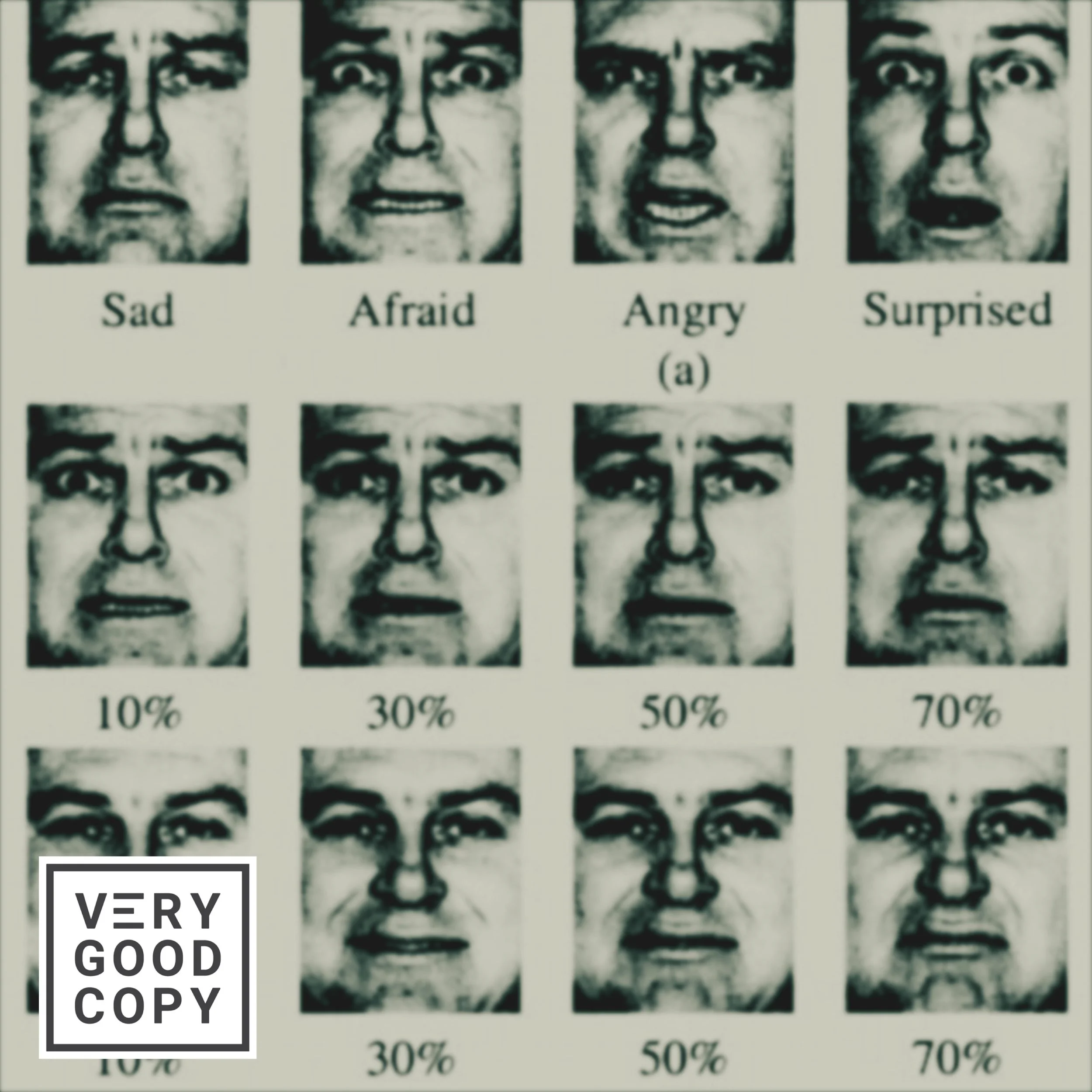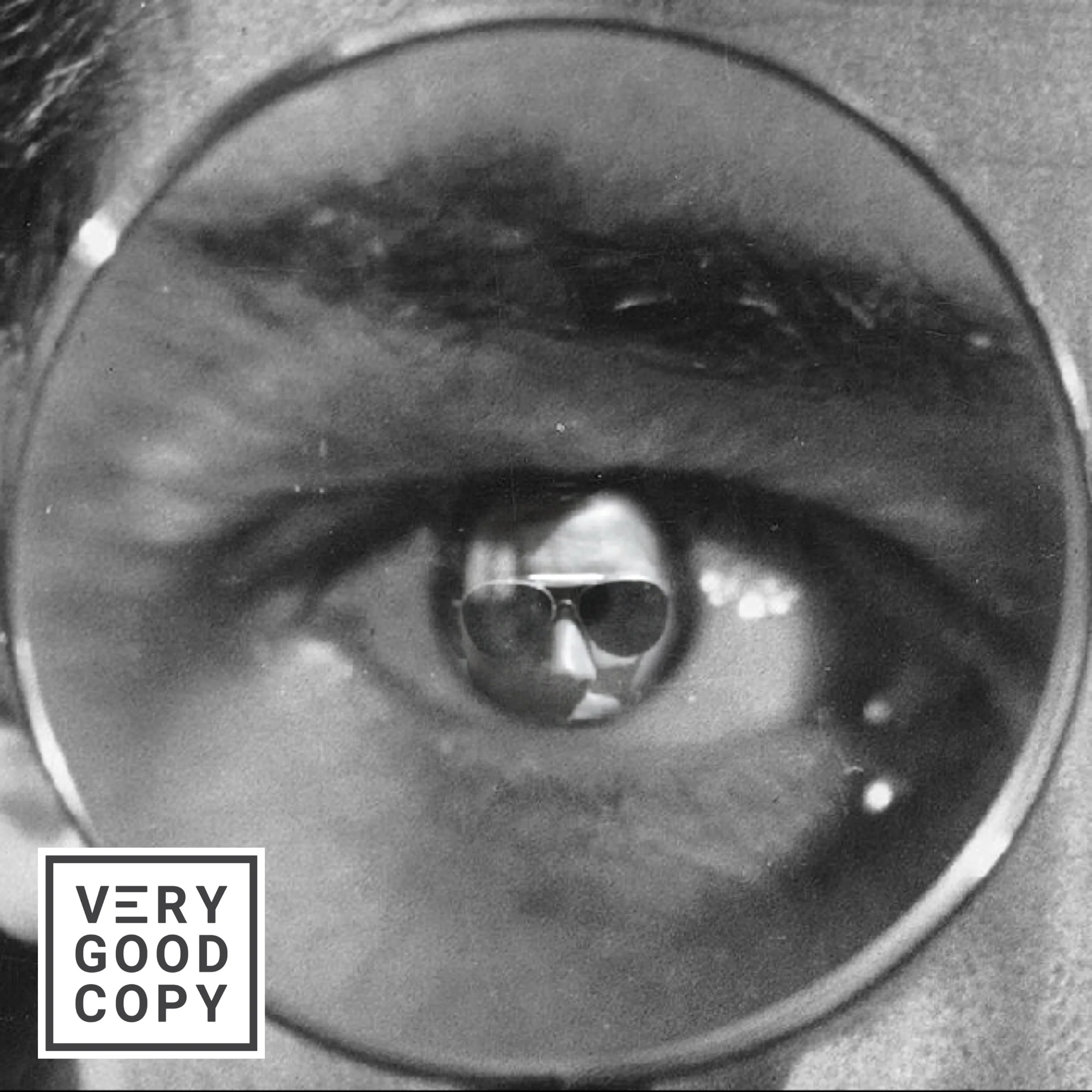![VeryGoodCopy [Small].png](https://images.squarespace-cdn.com/content/v1/5615edeae4b0b9df5c3d6e90/1575515588283-OOBOO0ZML3840LT0DZ93/VeryGoodCopy+%5BSmall%5D.png)
The goal of any ad is to compel action.
Every ad should make you do something.
Some advertising is designed to compel immediate action. These are called direct response (i.e., “conversion”) ads.

And some ads only want you to remember a message — consciously or otherwise — until you’re presented with a buying decision. These are indirect response (i.e., ”branding”) ads.
For example, every infomercial you’ve ever seen is a direct response ad. Infomercials end on a bright screen with a countdown timer and a phone number, the words “CALL NOW” blinking, blinking, blinking in your face. These tactics work to get your attention and create urgency. That said, you’ll rarely see them in a branding ad.
Indirect advertising is less about urgency and more about memory, recall, stickiness. The copywriter must create an experience that stays with the prospect until she is ready to act.
But there’s a problem.
People, generally, have very, very bad memories.
“People forget their lives almost as quickly as they live them,” said Carmen Simon, PhD.
“In our personal lives, that has negative consequences — and in business, it has dire consequences because you only live in business to the extent that your audience remembers you.”
Memorable ads make people recall your message (e.g., your product’s name, tagline, unique selling proposition) when it matters most.
And that begs the question:
![VeryGoodCopy [Small].png](https://images.squarespace-cdn.com/content/v1/5615edeae4b0b9df5c3d6e90/1575516618447-A8L6DXNAY0G9Q1PHP0RK/VeryGoodCopy+%5BSmall%5D.png)
JOIN THOUSANDS OF SUBSCRIBERS

What helps people remember things?
Simon, who studies memory, says there are 15 universal variables proven to improve recall, including emotion, distinctiveness, and familiarity.
But the most important variable is repetition.
As an advertiser, you can use repetition to create memories a couple of ways...
One way is to simply run your ad a lot, over and over.
Like Geico insurance commercials.
Like Olive Garden commercials.
Like local radio commercials.
You can’t seem to escape these ads because they’re flush with airtime, constantly running.
Another way is to create an ad that repeats itself, again and again, in a creative, interesting, unique way. Like this 2019 commercial:
It’s promoting the NFL app’s new feature: “Free Phone Football.”
I’ve transcribed the dialogue to illustrate just how repetitive it is:
Man: “What are you watching?”
Woman: “The NFL app has news, highlights, live local and primetime games on your phone for free. It’s free... phone... football.”
M: “Free phone football?”
W: “Free phone football.”
M: “Free phone football!”
W: “Free phone football!”
M: “Free phone football!!”
W: “Free phone football!!”
M: “FREE PHONE FOOTBALL!”
W: “FREE PHONE FOOTBALL!”
M: “Free…”
W: “Phone…”
M: “Foot…”
W: “Ball…”
M: “Free…”
W: “Phone…”
M: “Foot…”
W: “Ball…”
M: “Honey, you’re scaring me.”
W: “The NFL app has news, highlights, live local and primetime games on your phone for free. It’s free phone football.”
12X.
We hear the phrase “Free Phone Football” 12 times in 30 seconds! But it works. The repetition isn’t tedious.
It works because the delivery lands. It’s creative and interesting and unique — memorable.
Something to think about. Something to strive for.
LEARN TO PERSUADE
![VeryGoodCopy [Small].png](https://images.squarespace-cdn.com/content/v1/5615edeae4b0b9df5c3d6e90/1575516757157-4BTF1TNXRTFMKGBLTCZT/VeryGoodCopy+%5BSmall%5D.png)
WRITE BETTER.
MARKET BETTER.
SELL MORE.
COMMENT BELOW
Judge not lest ye be judged.




![How to write better dialogue [easy, instant, Hemingway-inspired hack]](https://images.squarespace-cdn.com/content/v1/5615edeae4b0b9df5c3d6e90/1600810690603-XZIT3F465CS25186CILF/Better+dialogue+COMP.JPG)




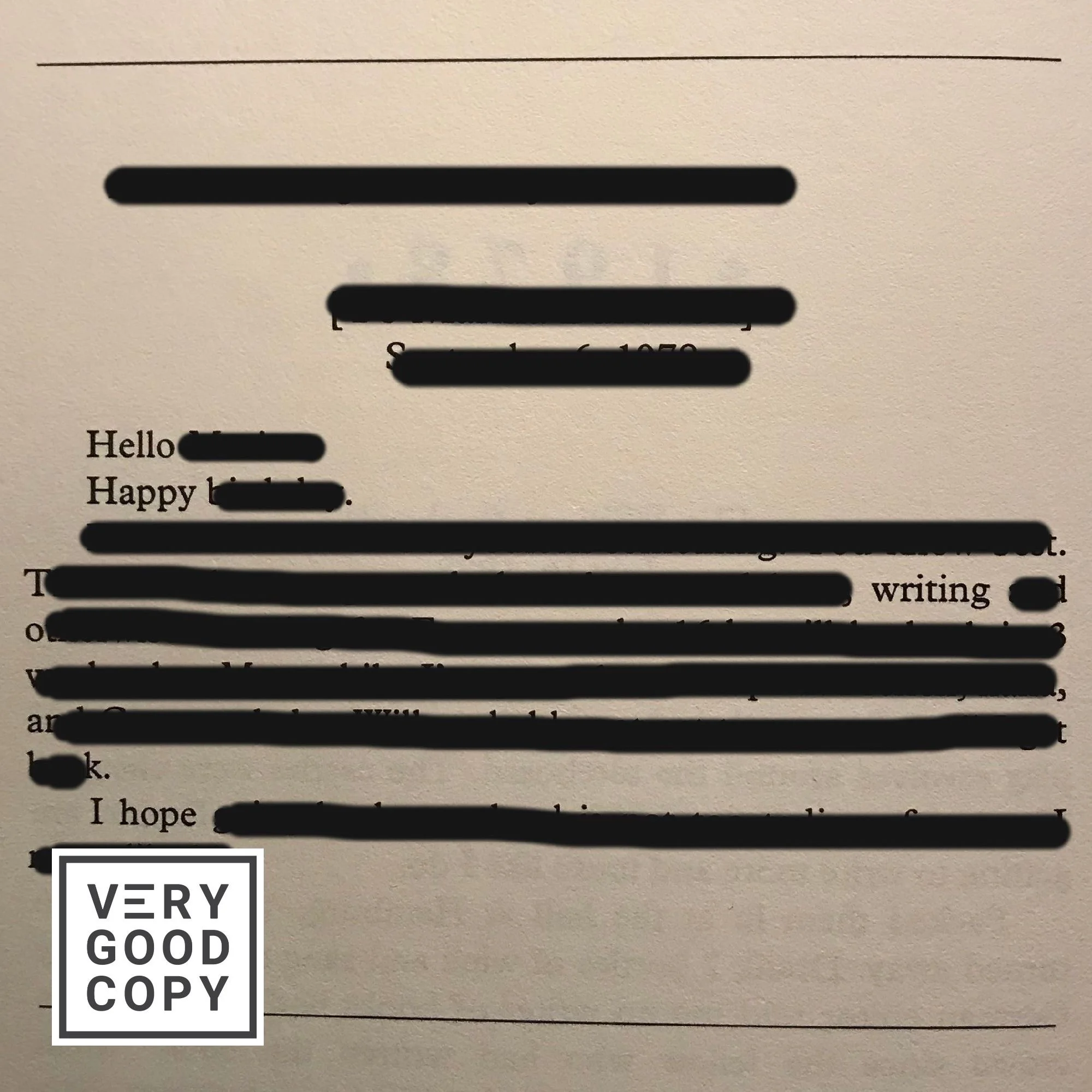




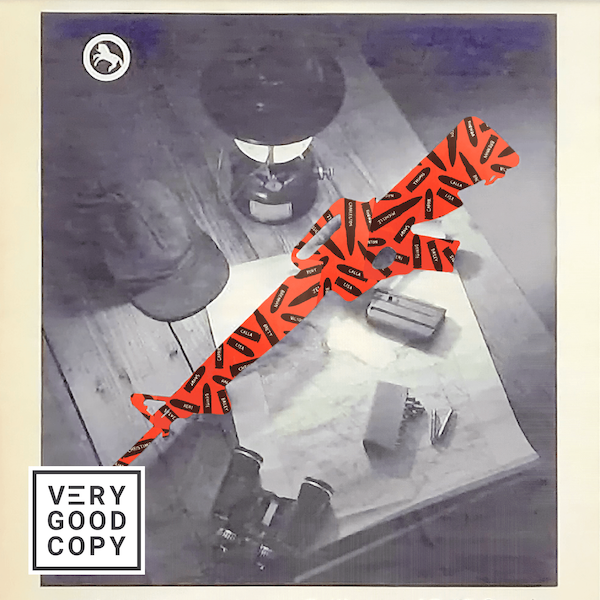


















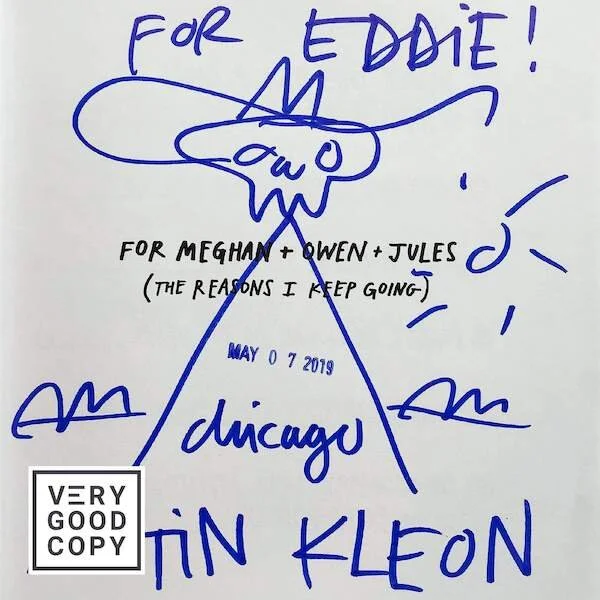



































![How copywriters put prospects in the buying mood [quick trick]](https://images.squarespace-cdn.com/content/v1/5615edeae4b0b9df5c3d6e90/1533095575515-C2JPAZA3C46IBX00EMM8/Put+prospects+in+the+buying+mood+%5BVGC+art%5D.JPG)









